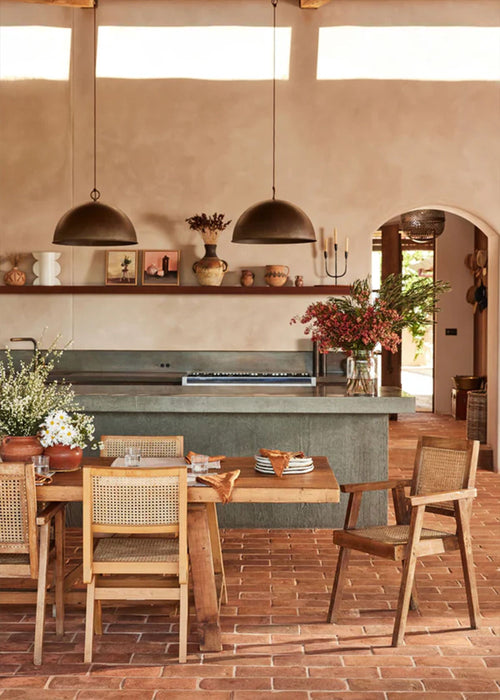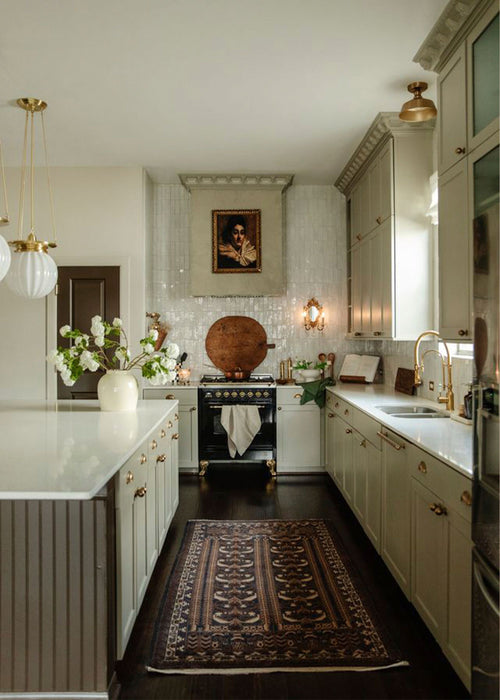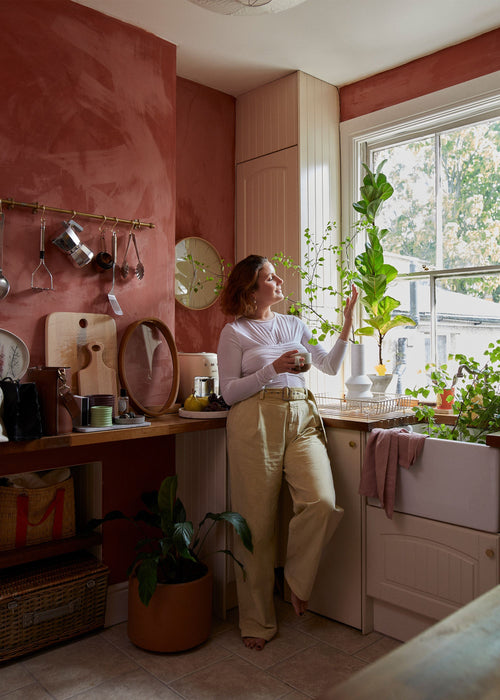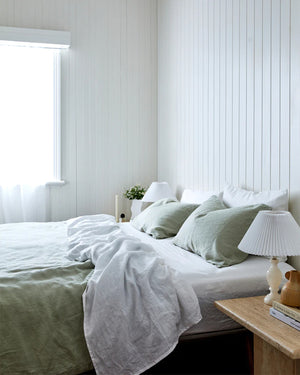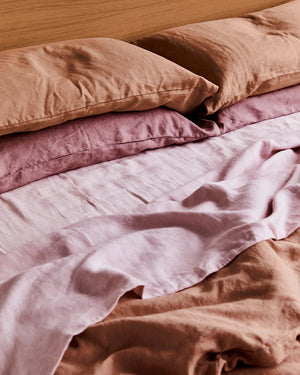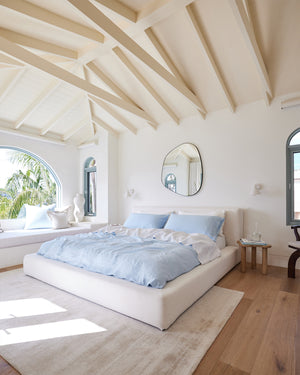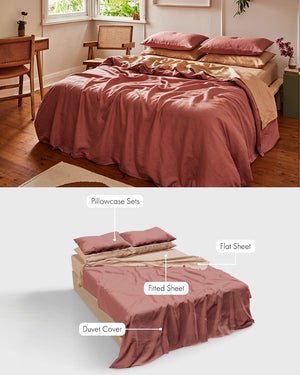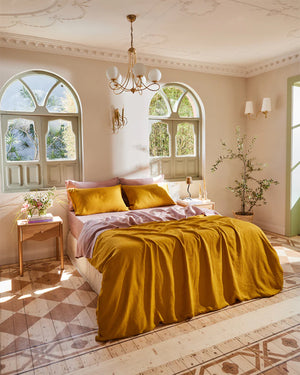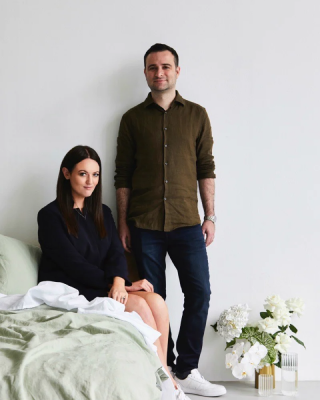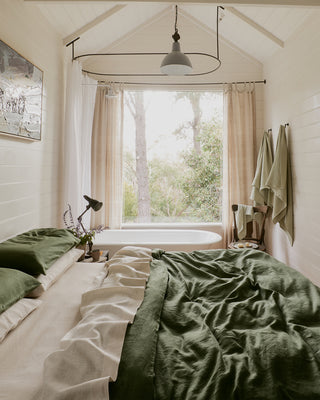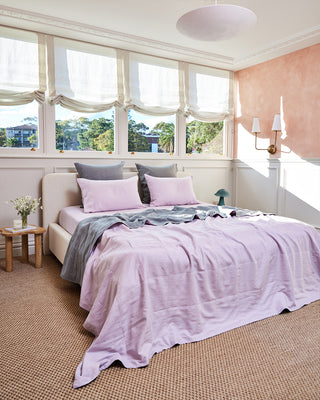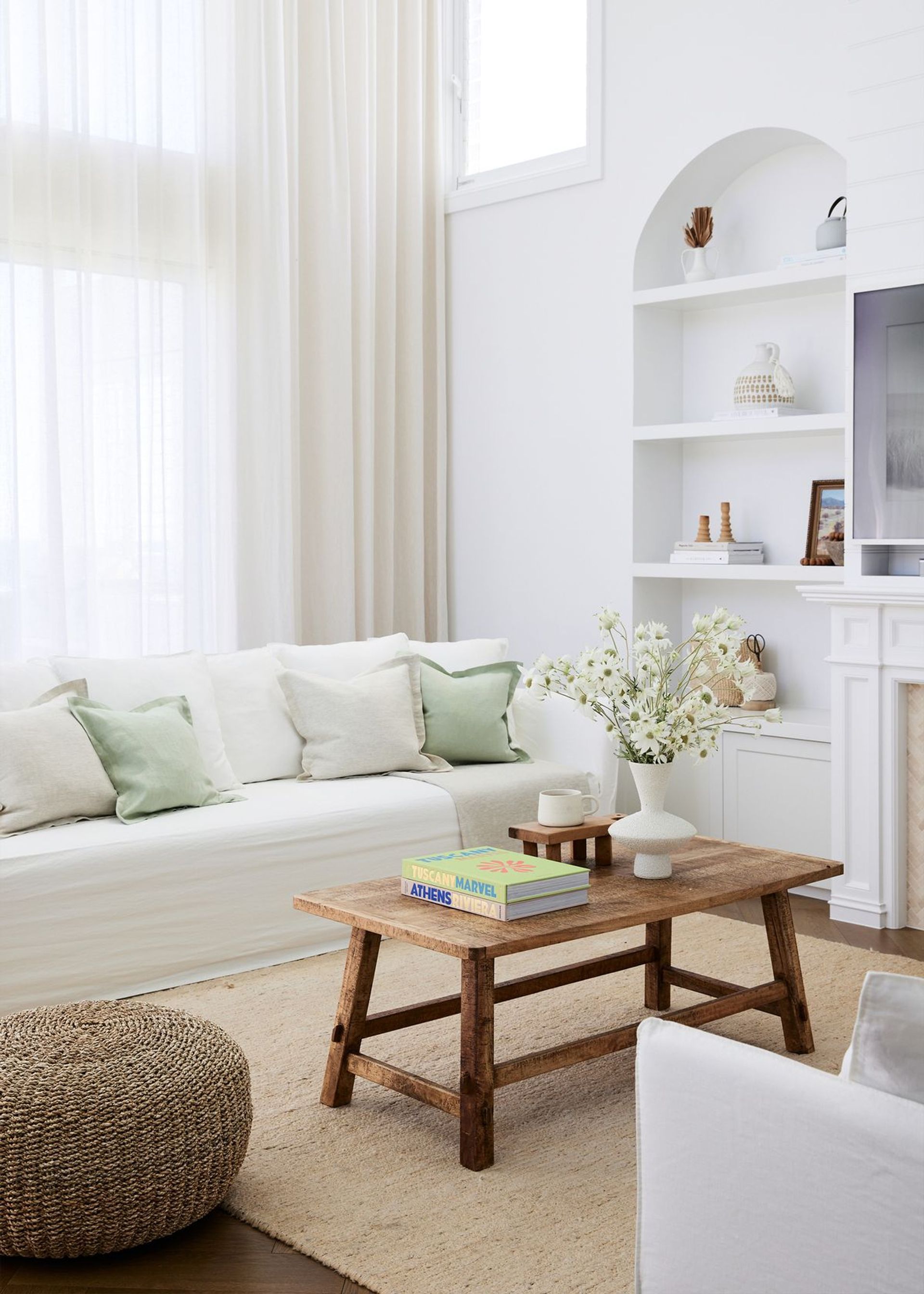
#11 is incredibly easy to overlook.
12 of the Biggest Living Room Decorating Mistakes Stylists Want You to Stop Making
#11 is incredibly easy to overlook.
Kitchens and bathrooms may sell houses, but your living room really is the heart of your home. It's the space where you entertain guests, have quality time with your loved ones, and even spend entire weekends by yourself binge-watching the latest TV series – so why not make it as stylish and comfortable as possible?
If you've ever struggled to get your living room looking just right, you're not alone. While we like to think there are no "rules" when it comes to styling your home, there are some things that many of us do that result in our spaces not meeting their full potential.
Whether you’re moving into a new home or just looking to make an update, here are the 12 most common "mistakes" stylists want you to stop making when it comes to decorating your living room, and advice on how to fix each one.
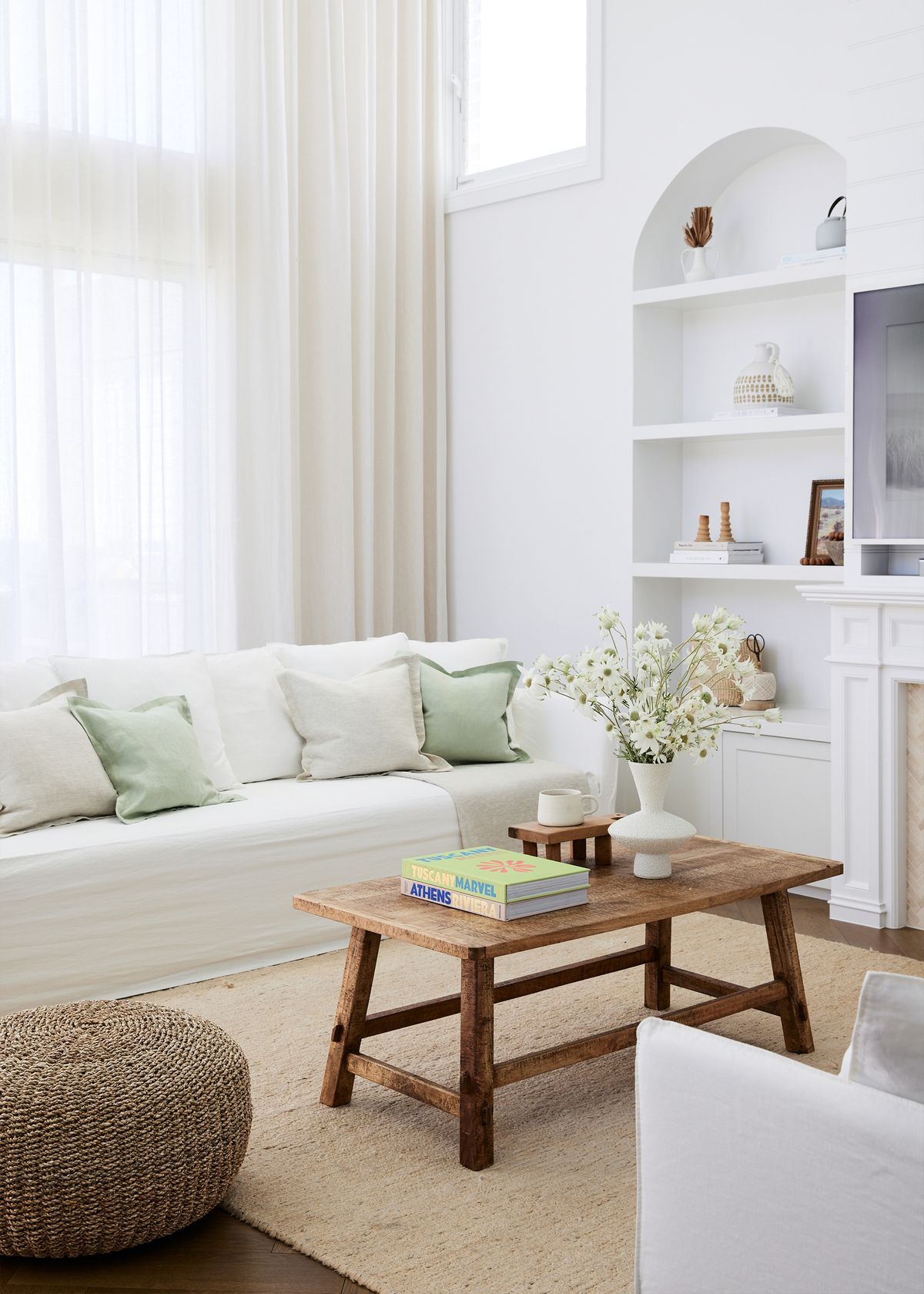
Mistake #3: Lining walls with furniture
Most people push all their furniture up against the walls because they think they’re creating more open space and covering bare walls simultaneously. However, placing furniture against walls can make a room feel cramped as it limits the sense of openness.
Solution:
Instead, place your furniture from the centre out so the backs of the furniture aren’t against the walls. Create a central focal point and arrange furniture in a way that encourages social interaction and gives the illusion that the room is larger than it actually is.

